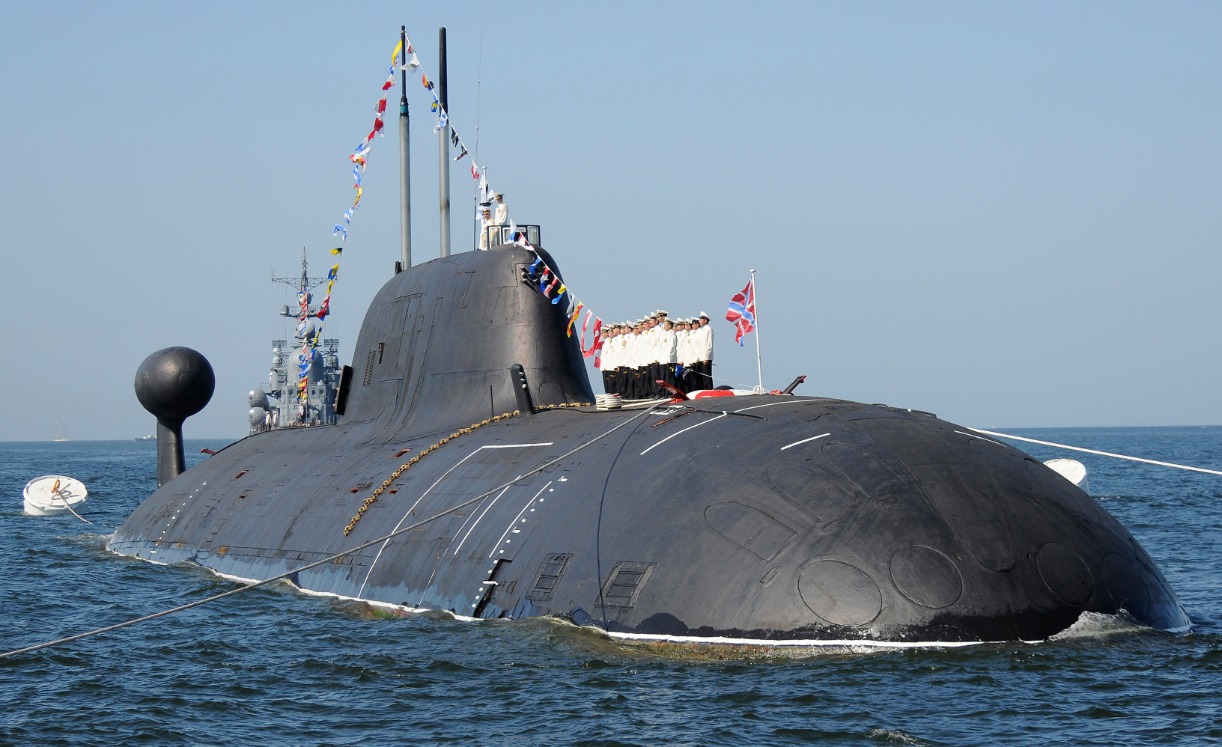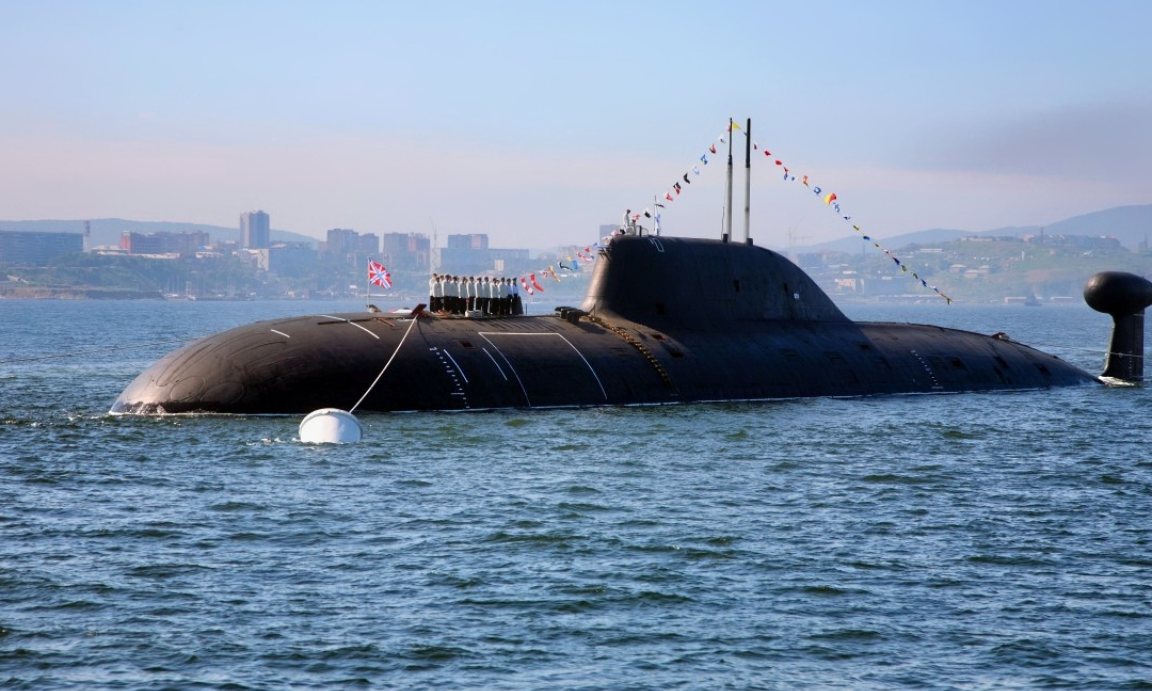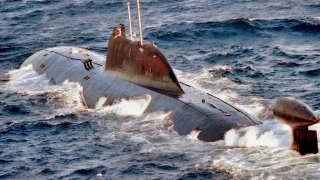Russia's Akula II-Class Submarine Is One of the Most Dangerous on Earth
The Akula-II class is a third-generation nuclear-powered attack submarine specializing in anti-surface warfare, anti-submarine warfare, and intelligence-gathering operations.
Summary: The Akula-II class submarine, a key component of the Russian Navy's fleet, remains a formidable asset despite the broader challenges faced by Russia in Ukraine.
-Known for their stealth due to advanced quieting technology, these third-generation nuclear-powered attack submarines are designed for anti-surface warfare, anti-submarine warfare, and intelligence-gathering operations.
-Measuring about 380 feet in length and capable of carrying a crew of 53, the Akula-II can reach speeds of up to 35 knots and operate at depths of 2,000 feet, with an endurance of 100 days. Equipped with torpedoes, mines, and anti-aircraft missiles, these submarines emphasize their role in covert sea operations and defense.
-Currently, the Russian Navy operates two such submarines—the Vepr and Gepard—highlighting their strategic importance in potential conflicts where their capabilities could inflict significant damage on enemy naval forces.
Russia's Akula-II Submarines: Silent Predators of the Deep Continue to Bolster Naval Might
The Russian Navy might be under literal and figurative fire for its poor performance in Ukraine, but it is still fearsome.
The Akula-II-class nuclear-powered attack submarine epitomizes the capabilities of the Russian Navy.
The Russian Shark
The Akula (“Shark” in Russian) is a family of attack submarines in service with the Russian Navy since the Cold War. There are four versions of the submarine (Akula, Akula I, Akula II, and Akula III), and a total of 15 vessels.
The Akula-II class is a third-generation nuclear-powered attack submarine specializing in anti-surface warfare, anti-submarine warfare, and intelligence-gathering operations.
At approximately 380 feet long, the Akula-II is no small sub. It has a complement of 53 officers and enlisted men. The submarine uses advanced quieting technology to reduce its noise signature, and thus its stealth capabilities. Its noise suppression capabilities are comparable to the U.S. Navy’s Seawolf- and Los Angeles-class submarines.
The sub’s nuclear reactor ensures speeds of about 35 knots while submerged. It has an endurance of 100 days and can operate at maximum depths of around 2,000 feet.

Akula-II-class submarines carry torpedoes and mines. The vessels have four 25-inch (650 mm) and four 21-inch (533 mm) torpedo tubes, and they can lay anti-ship mines. The class can also use its torpedo tubes to launch decoys as a defensive measure against enemy warships and aircraft. Interestingly, Akula-II-class subs also pack anti-aircraft missiles to take out enemy aircraft over the battlefield. However, this is more of a defensive capability, and not an attempt to create an area-defense submarine with the capabilities of a missile-guided destroyer or frigate.
Today, the Russian Navy has two Akula-II submarines in service (the Vepr and Gepard).
A Dangerous Adversary
With the right resources, training, and doctrine, submarines can be the ultimate naval weapons system. They sit silently below the waves and land crippling strikes against enemy surface combatants. They can also be the ultimate ace up the sleeve with their ability to carry and launch nuclear munitions.
The Russian Navy fields an important conventional and nuclear submarine capability. To underestimate it because of broader structural shortcomings in the Russian armed forces would be folly. A single well-trained and motivated submarine crew can cause a lot of damage, both in the sea and on land.

The Russian Navy is also modernizing its submarine fleet, with Lada-class attack subs being the latest addition to its numbers.
A potential conflict with the United States and NATO would challenge the Russian Navy and its capabilities to the core. Akula-II class submarines would carry a considerable portion of the load, and they can be extremely dangerous.
About the Author
Stavros Atlamazoglou is a seasoned defense and national security journalist specializing in special operations. A Hellenic Army veteran (national service with the 575th Marine Battalion and Army HQ), he holds a BA from the Johns Hopkins University, an MA from the Johns Hopkins’ School of Advanced International Studies (SAIS). He is pursuing a J.D. at Boston College Law School. His work has been featured in Business Insider, Sandboxx, and SOFREP.
All images are Creative Commons.


